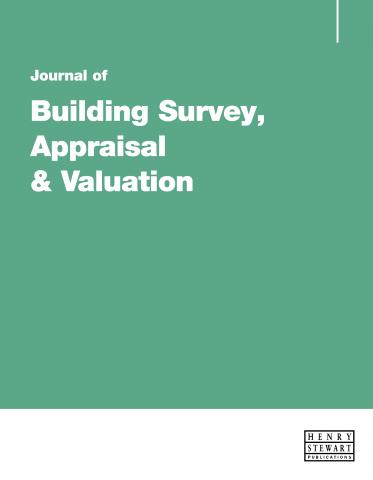"In a business environment of increasing trade volumes, increasing regulatory oversight, global consolidation and shrinking margins; access to innovative thinking on how to improve efficiency, cost and risk becomes ever more important. The fact that this Journal ensures all content is peer-reviewed by industry practitioners make it an essential source of information and best practice for all securities operations professionals.”
Retro-injected cavity wall insulation: Kill or cure?
Click the button below to download the full text of the article.
Abstract: There are in excess of 17 million homes in the UK of cavity wall construction — almost 70 per cent of all domestic dwellings. Government sources suggest that almost 12 million homes now either have built-in cavity wall insulation, or have been subject to retro-fit injection, which has seen a considerable increase in use over recent years in response to carbon reduction/energy conservation measures required by the Climate Change and Sustainable Energy Act 2006. Retro CWI has been funded, via the government, from the main energy providers. In turn, private companies have been paid to insulate properties, often at no cost to the home owner. Retro CWI has received both good and bad press in the media and the industry is not yet subject to any form of formal government regulation, though a Code of Practice has been produced by the National Insulation Association.
Any valuers/surveyors inspecting a property should be mindful of the problems incorrectly installed CWI can cause. If they fail to identify and report retro CWI and future problems arise, they could be facing a PI claim from an aggrieved homeowner discovering unexpected damp/mould growth appearing shortly after they have moved into their recently-purchased home.
Keywords: cavity walls, insulation, energy saving, damp, fibre fill, dry rot, retro CWI



